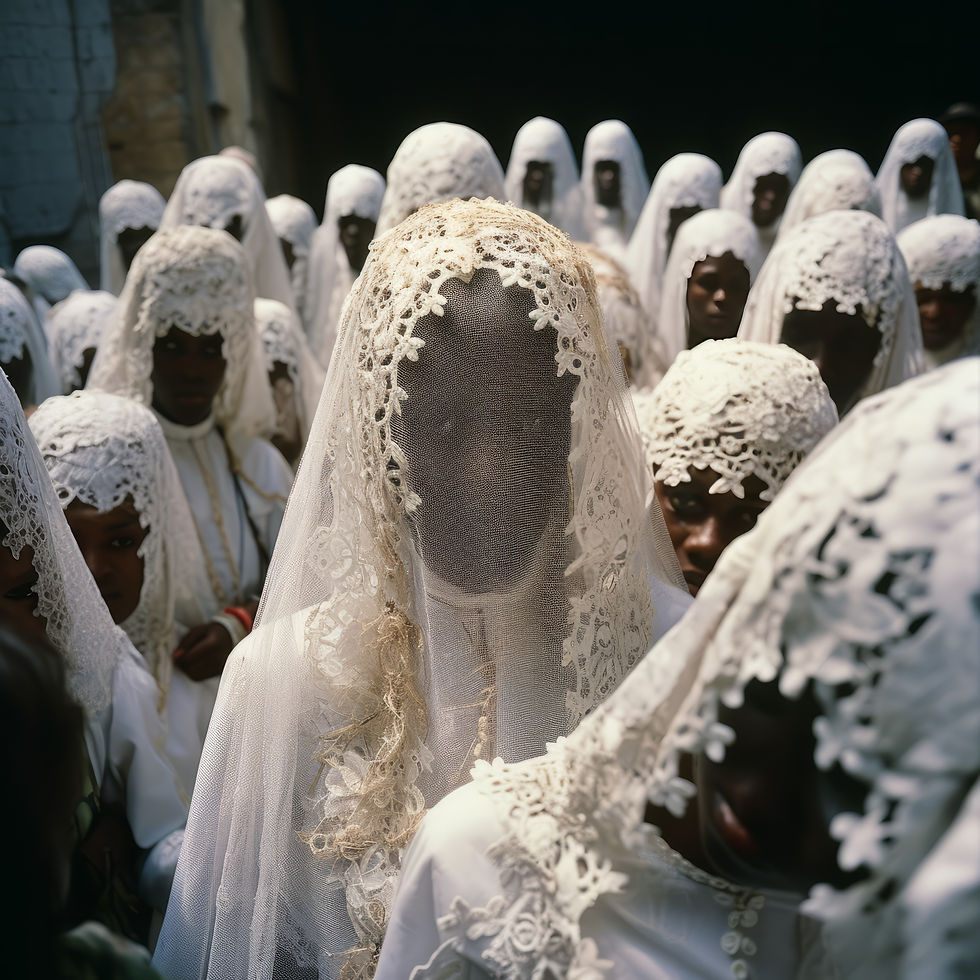telephoto
- AI Art

- Sep 30, 2023
- 3 min read
Telephoto lenses are powerful tools in the world of photography, enabling photographers to capture distant subjects with remarkable clarity and detail. These lenses offer an extended focal length and a narrow angle of view, allowing photographers to zoom in on their subjects from afar. In this article, we will explore the capabilities and creative applications of telephoto lenses, the advantages they offer, and some tips for maximizing their potential to create stunning images.
Understanding Telephoto Lenses
Telephoto lenses are characterized by their longer focal length, typically ranging from 70mm to 600mm or more. They provide a narrower field of view compared to standard or wide-angle lenses, allowing photographers to magnify distant subjects and bring them closer. Telephoto lenses are available in various formats, including prime lenses with fixed focal lengths and zoom lenses with adjustable focal lengths.
Advantages of Telephoto Lenses
Magnification and Reach: The primary advantage of telephoto lenses is their ability to magnify distant subjects, bringing them closer to the camera. This magnification allows photographers to capture details that may be otherwise inaccessible, making telephoto lenses invaluable in wildlife, sports, and documentary photography.
Compressed Perspective: Telephoto lenses tend to compress the visual elements within the frame, creating the illusion of a shorter distance between the foreground and background. This compression effect can be creatively used to isolate subjects, blur distracting backgrounds, or enhance the depth of the image.
Shallow Depth of Field: Telephoto lenses have the potential to create a shallow depth of field, with a narrow plane of focus. This can be advantageous when shooting portraits or isolating a subject from its surroundings, as it creates a pleasing bokeh effect and draws attention to the main subject.
Ability to Isolate Subjects: Telephoto lenses excel in isolating subjects from busy or cluttered backgrounds. By narrowing the angle of view, these lenses enable photographers to selectively focus on their subject while blurring out distracting elements, resulting in visually striking images with enhanced subject prominence.
Creative Applications of Telephoto Lenses
Wildlife Photography: Telephoto lenses are widely used in wildlife photography, allowing photographers to capture animals in their natural habitats without disturbing or endangering them. These lenses enable photographers to observe and document the behavior of wild animals while maintaining a safe distance.
Sports and Action Photography: Telephoto lenses are essential for capturing fast-paced action in sports photography. They allow photographers to zoom in on athletes, freeze dynamic movements, and capture precise moments with exceptional clarity.
Landscape Photography: While wide-angle lenses are commonly used for landscape photography, telephoto lenses offer a unique perspective. They allow photographers to compress distant elements, emphasize layers, and isolate specific details such as mountain peaks, waterfalls, or interesting patterns in the landscape.
Portraiture: Telephoto lenses are popular choices for portraiture as they allow photographers to create a shallow depth of field, resulting in a creamy background blur that accentuates the subject. The longer focal length also allows photographers to maintain a comfortable distance from the subject while capturing intimate and flattering portraits.
Tips for Using Telephoto Lenses
Stability is Key: Due to their longer focal lengths, telephoto lenses can be prone to camera shake. It is crucial to use a sturdy tripod or other means of stabilizing the camera to ensure sharp images, especially when shooting at longer focal lengths or in low-light conditions.
Selective Focus: Experiment with different aperture settings to control the depth of field and selectively focus on specific elements within the frame. This can help you create images with a striking subject separation and a beautifully blurred background.
Mind the Shutter Speed: To avoid motion blur when photographing moving subjects or handheld shooting, use a faster shutter speed to freeze the action. This may require adjusting other settings, such as ISO or aperture, to maintain proper exposure.
Consider Composition: When working with telephoto lenses, pay attention to the composition and framing of your images. Zooming in on distant subjects can flatten the perspective, so look for interesting angles, leading lines, or foreground elements that can add depth and visual interest to your photographs.
Telephoto lenses are invaluable tools for photographers, providing the ability to capture distant details with exceptional clarity and magnification. Whether used in wildlife photography, sports, landscapes, or portraiture, these lenses offer unique creative opportunities and allow photographers to push the boundaries of their artistic vision. Understanding the advantages and techniques of telephoto lenses, along with proper stabilization and composition considerations, empowers photographers to create stunning and impactful images that bring distant subjects to life. With their power to magnify and isolate, telephoto lenses open up a world of visual possibilities, enabling photographers to capture extraordinary moments that might otherwise go unnoticed.
Upload and sell your AI art.
Automated print on demand drop ship order processing directly to customers.
You set the price and get paid when your work is purchased.
Click here to get started.
FREE AI image generator included. Create, Post and sell AI art all on one platform.
__________



Comments